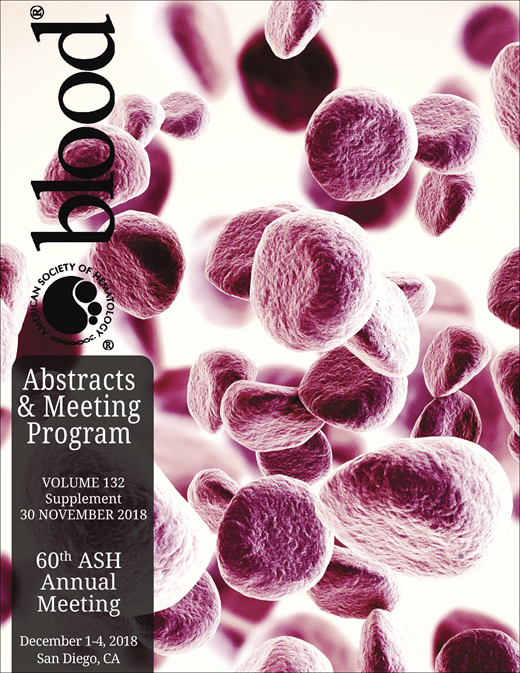Abstract
Introduction: Current studies demonstrate an involvement of germline predispositions in the development of approximately 5% of childhood leukemias (Zhang J et al.,N Engl J Med, 2015), although their actual contribution is believed to be much higher. Being able to understand tumor evolution starting from a predisposed cell, opens up a new avenue in the form of disease prevention rather than treatment. Here, we present a novel finding of a double hit - one pathway scenario, in which a rare (MAF<0.01) germline JAK2 variant (G571S), inherited paternally, and a newly described germline STAT3 variant (K370R), transmitted from the mother's side, act synergistically to induce Ph-like B-cell precursor acute lymphoblastic leukemia (BCP-ALL).
Methods: WES was carried out to identify predisposing germline variants. The cooperative functionality of the di-genic candidate mutations was experimentally tested using BaF3 oncogenic transformation assays, western blot and cell cycle analyses. In addition, we used structural homology calculations to visualize the cooperative impact of both mutations.
Results: Utilizing Trio-calling based on WES we identified two concomitant germline SNVs in the JAK2/STAT3 pathway in a boy affected with BCP-ALL. The JAK2 variant, rs139504737, leads to an amino acid substitution from Glycine to Serine (p.G571S) (MAF<0.01). The second variant constitutes an extremely rare and so far for leukemia undescribed missense mutation in the STAT3 gene (c.1109A>G), causing an exchange of Lysine to Arginine (p.K370R). Structural modeling of STAT3 K370R showed that K370, which is an important site for acetylation, is located in a loop adjacent to the DNA binding site of STAT3. The substitution of Lys to Arg at position 370 leads to a strengthening of the beta-sheet due to simultaneous interaction of Arg with both E455 and E442. Moreover, in contrast to Lys, Arg cannot be acetylated, leading to a constitutively non-acetylated form of STAT3. JAK2 G571S on the other hand has a unique position affecting amino acid 571, which lies adjacent to the Y570 residue that downregulates kinase activity via autophosphorylation, indicating a potential functional mechanism of the G571S mutation by inhibiting Y570-directed negative feedback.
To assess the cooperative oncogenic transforming potential of both variants, BaF3 depletion assays were carried out. In BaF3/CRLF2-IL-7Rwt cells, JAK2 G571S conferred IL-3 independent growth at similar rates as the well-known oncogenic JAK2 V617F mutation. Moreover, the combination of both JAK2 G571S and STAT3 K370R further increased the growth advantage significantly starting 2 days after IL-3 withdrawal (p=0.0226). Western Blot analyses revealed increased pSTAT5 levels, as well as high pSTAT-3 levels in the double mutant cells.
We further observed that STAT3 K370R alone changed the phenotype of the in-vitro culture, with an accumulation of enlarged BaF3 cells. Surprisingly, this phenotype was reversed in cells expressing both STAT3 K370R and JAK2 G571S. Cell cycle analysis showed a significant increase of aneuploid cells (G2/M) (p=0.0009), while the G-1 phase was significantly decreased (p=0.0031) in STAT3 K370R expressing BaF3 cells compared to STAT3 WT cells. Again, this phenotype was drastically reduced in cells transfected with both mutations simultaneously (G1 phase p=0.0026; G2/M p=0.0032). Western Blot analyses confirmed increased p-CDC-2, p-Cyclin/Cyclin-B1, and Cyclin-A2 levels in BaF3 cells harboring both variants, suggesting that the cell cycle arrest observed in cells expressing STAT3 K370R is rescued by JAK2 G571S expression by enabling re-entering of the M-Phase.
The link between the oncogenic capacity of JAK2 G571S and leukemia could further be strengthened by the identification of an additional B-precursor ALL patient from an independent family harboring the same JAK2 G571S germline mutation. The patient belongs to a previously described DS-ALL cohort (Bercovich D. et al., Lancet, 2008). In this patient with Down syndrome, we did neither identify the STAT3 K370R mutation nor CRLF2 activation. Thus, we hypothesize that the germline JAK2 G571S in combination with the constitutional trisomy 21 act in synergy.
Conclusion: Taken together, we present evidence of an oncogenic potential of germline JAK2 G571S, which is significantly increased through additional expression of STAT3 K370R in a double-hit one-pathway scenario.
No relevant conflicts of interest to declare.
Author notes
Asterisk with author names denotes non-ASH members.

